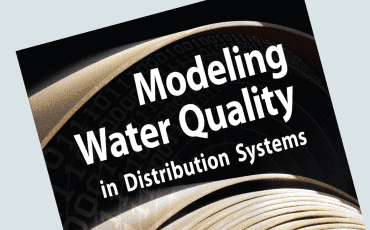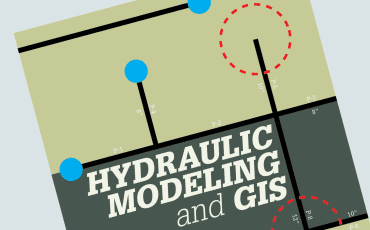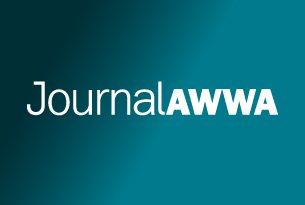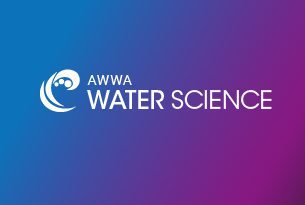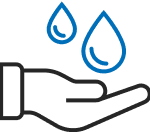Engineering Modeling Applications


Engineering Modeling Applications
Models of water distribution systems have a long history — likely longer than most realize. However, in recent decades, the functional capabilities, user interfaces, and processing algorithms have markedly improved. While many professionals in the water sector may have reviewed or even developed a model in the past, today's practice of modeling has evolved significantly, and with the proliferation of advanced technology throughout the water sector, tomorrow's engineers and operators will commonly use even more advanced models of our vital water infrastructure.
Resources
Hydraulic Modeling
Hydraulic models are typically developed to show a snapshot of a utility’s system, for master planning purposes or to run “what if” scenarios. Distribution system models are being used more routinely to evaluate issues having to do with operations, energy use, vulnerability, and water quality, in addition to their traditional applications. As the need to more accurately model systems proliferates, the models increase in complexity and level of detail.
- Committee Report: Using Transient Hydraulic Models to Design Surge Control Devices (Journal AWWA, April 2022)
- Committee Report: Trends in Water Distribution System Modeling (Journal AWWA, October 2014)
- M32 Computer Modeling Water Distribution Systems
Optimizing Water Quality & Treatment
Water quality modeling is a powerful tool for analyzing the fate and effect of contaminant transport in drinking water plants and distribution systems.
- Water Quality Modeling in Distribution Systems (Journal AWWA, March 2022)
- CFD Modeling Optimizes Water Treatment Plant Performance (Journal AWWA, July 2019)
- Predicting manganese and iron precipitation in drinking water biofilters (AWWA Water Science, January 2021)
Transient Modeling
Transient modeling focuses on oscillations in piping systems caused by a sudden change in system operations, such as pump failure or rapid valve closure. Modeling is used to identify mitigation measures for potentially damaging high or low-pressure waves caused by a transient event. The starting point of a transient model is generally a well-calibrated or depictive hydraulic model.
Water Distribution System Modeling Literature Review Database (April 2019)

Advertisement
Events With a Focus on Engineering Modeling
See All Events
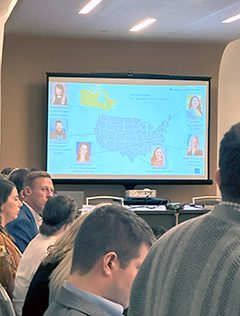
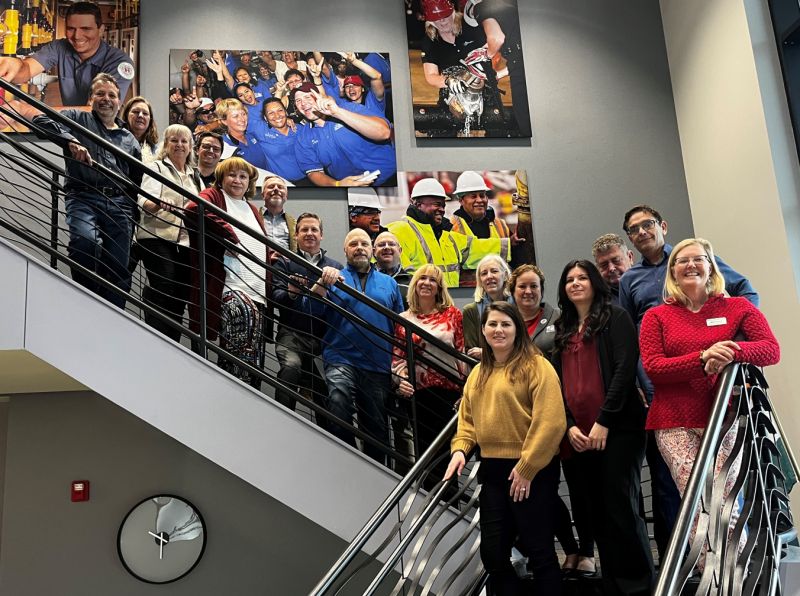
Technical Committee Engagement
AWWA members are recognized globally for their industry expertise and their generosity in sharing that expertise for a better world through better water. AWWA members participate in committee activities, developing conference programs, writing technical manuals, developing standards, creating educational content and contributing to AWWA publications. Committee members primarily interact through conference calls, emails, and face to face meetings at conferences and events.
Engineering Modeling Applications
Digital Twins
Water Utility Technology & Automation
Advertisement
